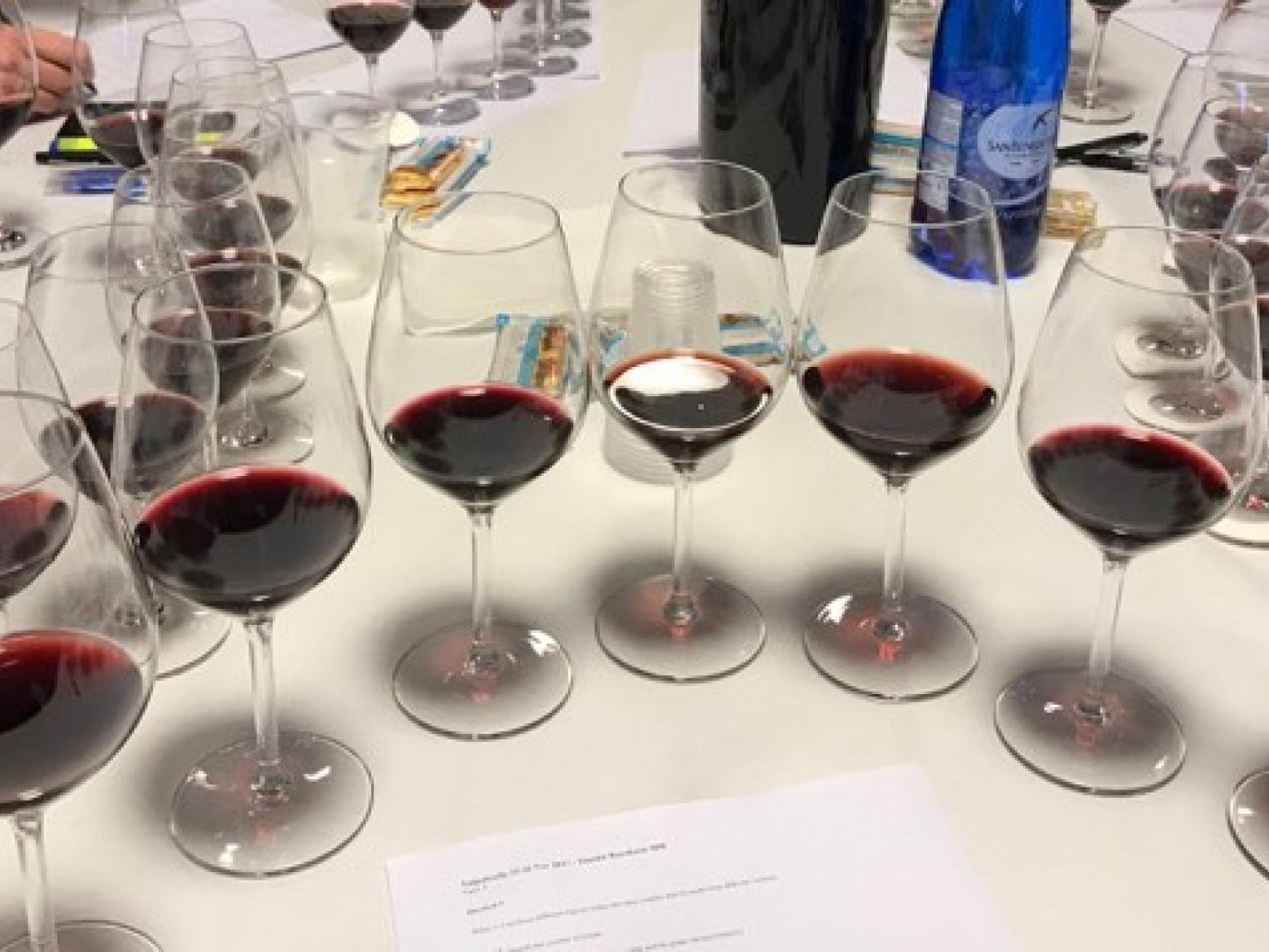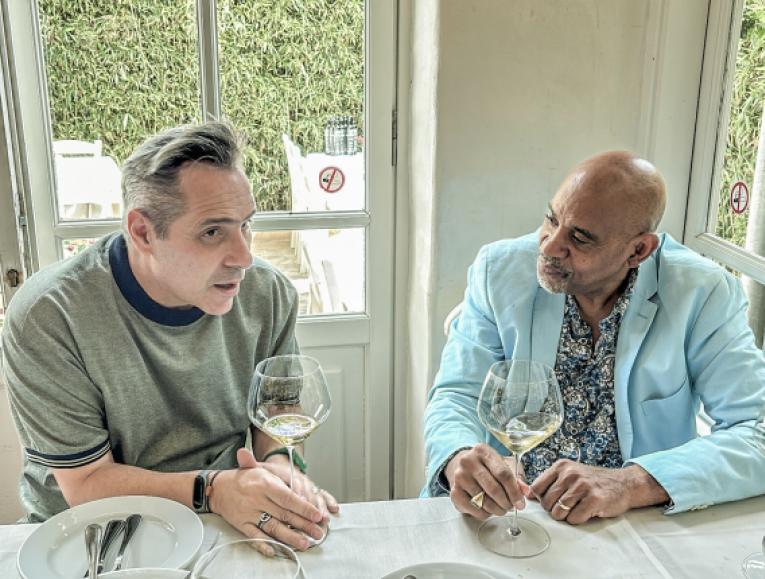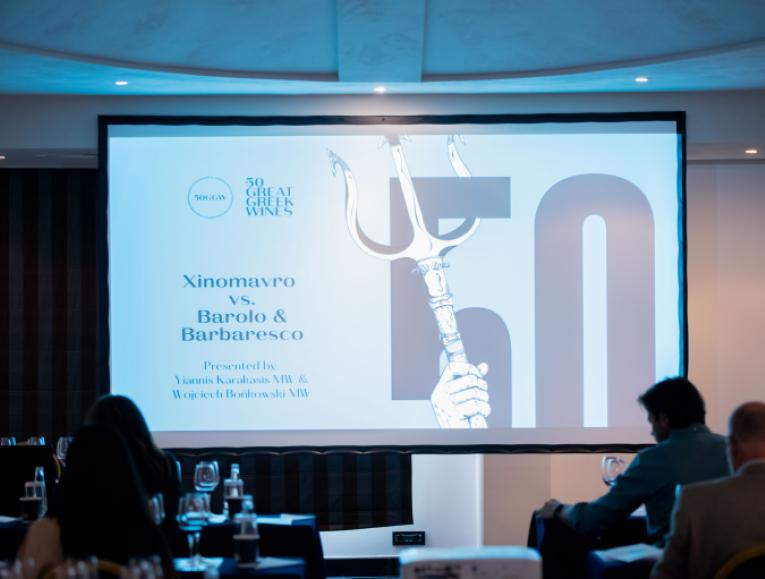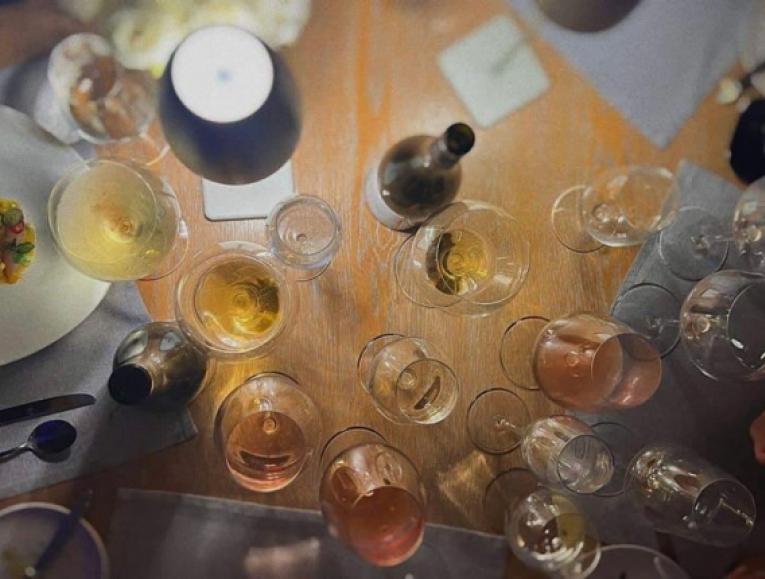The wines of the Master of Wine Examination 2018
Today, the Institute of Masters of Wine published the list of wines that were included in the MW exam that ended last Friday.
Over 160 students sat the theory and practical exams this year (vs 150 in 2017), that took place from the 5th to the 8th June in London, San Francisco and Sydney. During the four days of the examination, the students were tested on three 12-wine blind tasting practical papers and five theory papers; these were on the subjects of viticulture, vinification and pre-bottling procedures, handling of wines, the business of wine, and contemporary issues.
The list of wines and questions can be found at the following link, along with the questions from the theory component of the stage 2 MW examination.
My personal view regarding the questions follow.
Paper 1: Fair and classic. 4 Chardonnays at the start; I guess the biggest challenge was spotting the wine that came from a broader region such as SE Australia, that did not scream of terroir. Moreover, although I am sure that most candidates are aware of the burgundian character of Kumeu River, Hunting Hill and Coddington, it is quite possible that many fell into the trap of misplacing it into top village Burgundy. I fell into this trap myself in the 2015 exam with the Coddington! A very straightforward Q2 with nothing tricky, and at least three out of the five wines standing out clearly. Q3 gave the Riesling enthusiasts a chance to shine and argue between a Mosel and a Rheingau.
Paper 2: Also fair and classic. It started with the quintessential question of ‘’The Classics’’ that focuses by definition on Bordeaux, The Rhone, Burgundy, Rioja, Tuscany and Piemonte. The line up included a few stunning wines like Delas La Landonne, Roumier Chambolle Musigny and Brunello 'Lupi e Sirene' by Podere Le Ripi. A question which tests the proficiency of any wine expert; knowledge of the classics. I imagine that the biggest challenge for the candidates was to actually spit the wines and to answer the last part ‘’What has the winemaker done to maximise quality and regional typicity during the winemaking process?’’
It must have been challenging to define the accurate origin of the 3 Pinot Noirs that followed, yet the most tricky part, I think, were the 2 Syrahs from Hawkes Bay. For the last part, a duet from the Americas that included a Zinfandel and a Bordeaux blend from Chile. A smooth finish.
Paper 3: P3 was more complicated, with the first half demanding vintage analysis; once again the line-up included unspittable wines such as Dom Perignon 99, Taylors Vintage Port 85 and Chateau Coutet 2002. These were followed by dry wines; three French wines and a more challenging finish with Rhone variety wines, but from outside the Rhone (California, La Mancha and Bandol). So there was no Madeira this time, but a 1985 Vintage Port instead!
I really enjoyed reading the questions of the Theory part. I think they were straightforward, contemporary and gave good candidates the opportunity to shine. I particularly enjoyed some of the questions and would have liked to tackle them in an exam:
P1: Old vines have a mystique to them. What are the practical challenges and solutions to maintaining vineyards of old vines?
P2: Examine the advantages and disadvantages of deliberate stem inclusion, or additions, during the winemaking process.
P3: What technical factors influence the choice of a closure for wine bottles?
P4: What are the advantages and disadvantages of private-label wines for wineries, distributors and retailers?
And last, but not least, the ultimate question for P5: If a global disease were destroying all known grape varieties and you had the chance to preserve only two varieties - one white and one black - for humanity, which would you choose to save, and why?
Although I would be tempted to try also the one about elitism.
Best of luck to all, Greek candidates, mentees and friends…




